|
===
|
|
Before we discuss the application of the drawings, we need to know the different sizes in which drawings come.
The most commonly used sizes of drawings are:
AO = 1 189 mm x 841 mm
A2 = 594 mm x 420 mm
A3 = 420 mm x 297 mm
A4 = 297 mm x 210 mm
 Important: Important:
The border comes within the trimmed size of the sheet and no information except that required for microfilming should be placed in this space.
- These sizes are all proportional, leading to simple reduction and enlargement, and sheets may also be easily folded for filing or dispatch. The relatively small sizes make for easier handling in the drawing office and on the building site. It is, in any case, desirable to keep the number of different sizes on anyone job to a minimum to permit easy binding and reference.
- It is important that original drawings and contact copies are both of the same size and therefore any trimming of sheets to a size smaller than the appropriate standard ‘A’ size should be avoided.
- When drawings are to be microfilmed, use the smallest drawing sheet listed in Table 1 that is consistent with clarity and unambiguity.
- Prints of any size larger than A4 may be folded easily to A4 size.
- When prints are to be filed, it is necessary to fold them in such a way that the punch holes penetrate only one layer.
- The methods of folding prints of different sizes are illustrated in Table 1.8
|
Simple folding of prints
|
|
Fold lines
|
Intermediate
|
Final
|
| AO | 841mm x 1189mm
|
|
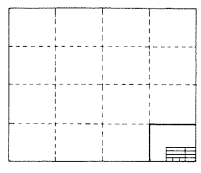
|
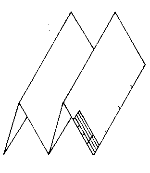
|

|
| A1 | 594mm x 841mm |
|
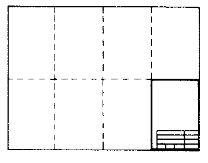
|
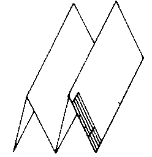
|

|
| A2 | 420mm x 594mm |
|

|
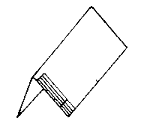
|

|
| A2 | 420mm x 594mm=============== |
|

|
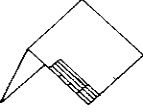
|

|
| A3 | 297mm x 420mm===================== |
|

|
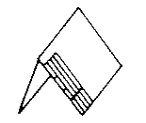
|

|
Table 1.8
Simple folding of prints
|
 Resource Centre
Resource Centre
 Student Portal
Student Portal